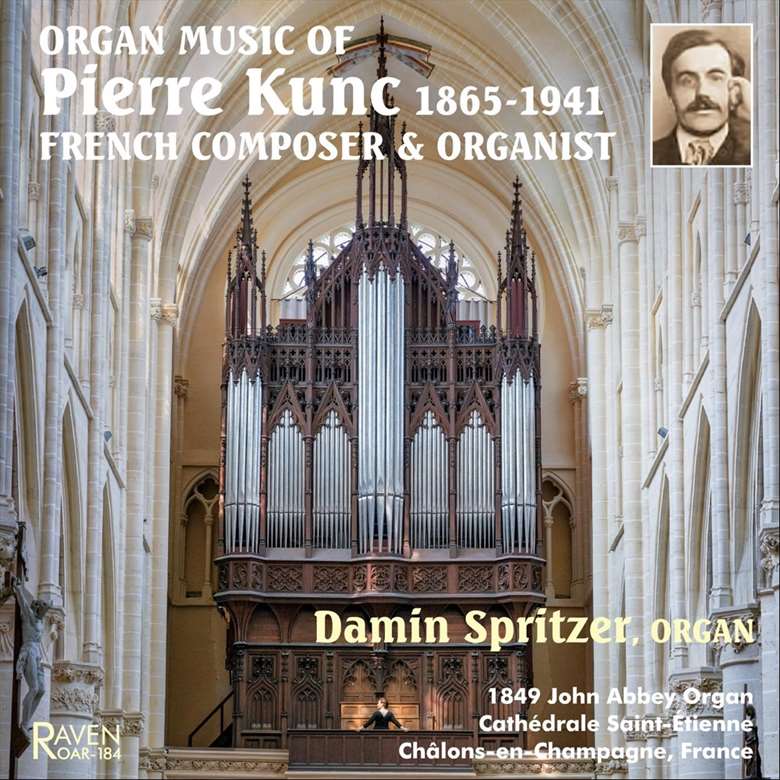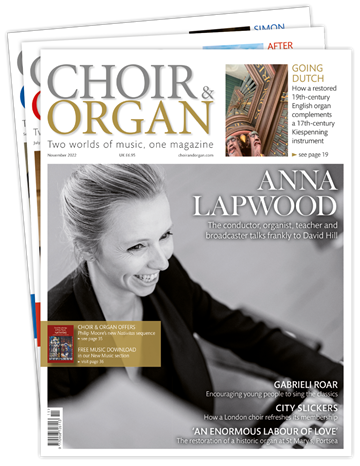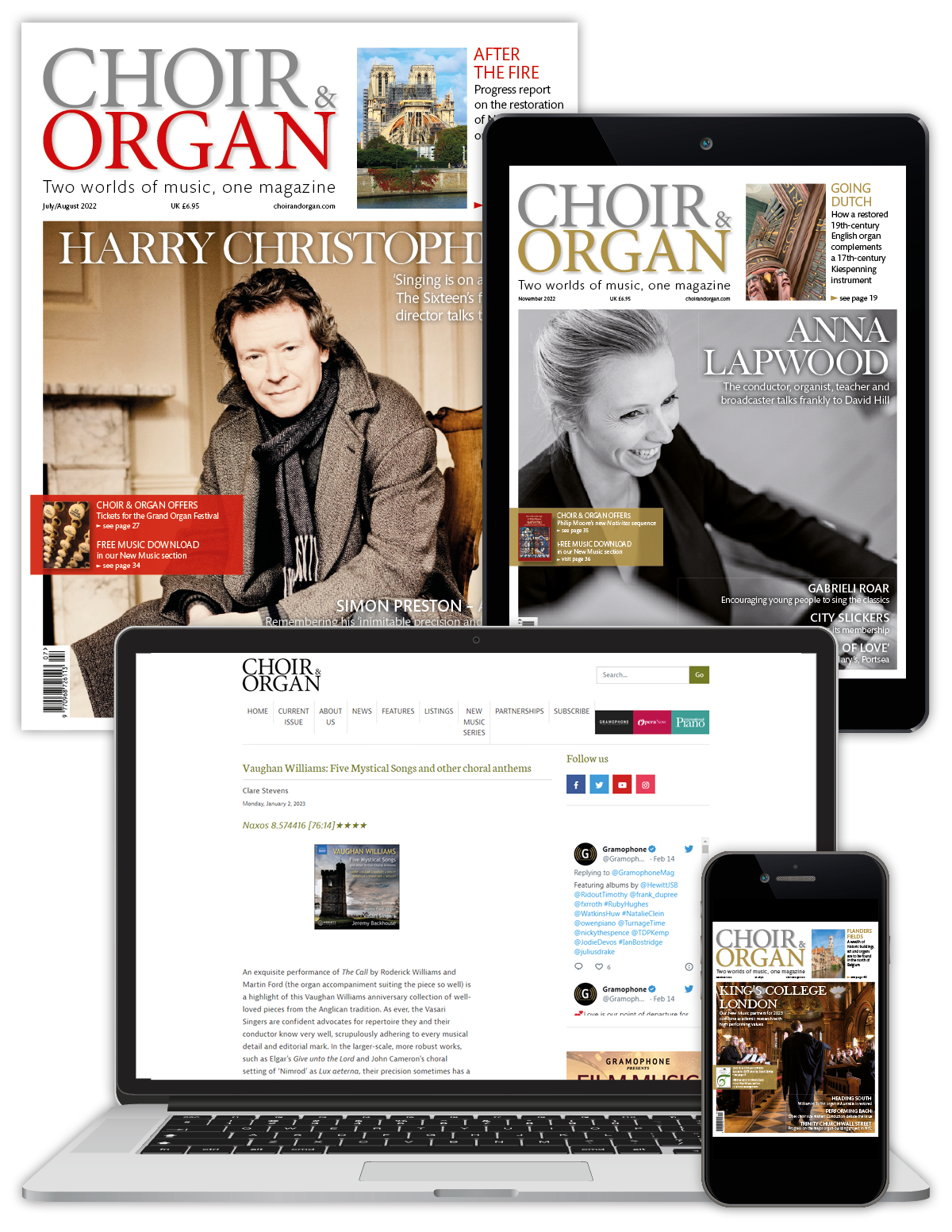Organ Music of Pierre Kunc – French composer and organist (Damin Spritzer)
Chris Bragg
Friday, February 23, 2024
Damin Spritzer, as usual, plays this unknown repertoire with a impressive sense of devotion and attention to detail

Damin Spritzer, John Abbey organ (1849), Cathédrale Saint-Étienne, Châlons-en-Champage, France
RAVEN ★★★★
Pierre Kunc (1865-1941) was a member of a very prominent Toulouse family of musicians: his mother was an organ pupil of Franck, his father influential in the restoration of Gregorian chant, his brother Aimé a Prix de Rome winner. Pierre was a pupil of Gigout at the École Niedermeyer in Paris, where, later in his career, he served as Maitre de Chapelle at St Sulpice. His organ music is undeniably conservative, certainly if one compares his Symphony in D minor, composed in the early 1920s, with those composed two decades earlier by Louis Vierne. At his best, there is something of the eloquent cantando style of Franck and the absence of frippery in its earnestness is attractive. Damin Spritzer, as usual, plays this unknown repertoire with a impressive sense of devotion and attention to detail.
The choice of organ is not obvious; it was built some time before Kunc was born, but it is highly interesting: the largest organ built by John Abbey’s workshop while the English émigré was still in charge. With its occasionally bucolic reeds (the Voix Humaine in the long, tense Pièce Funèbre), pretty harmonic flutes and strings, it’s somewhat extraordinary that this splendid pre-symphonic instrument remains so obscure. Here, it is dynamically captured by Aeolus’s Christoph Martin Frommen. In addition, as we expect from Raven, the booklet is exceptional with a number of fascinating interior photos of the organ.
This review originally appeared in the Spring 2024 issue of Choir & Organ magazine. Never miss an issue – subscribe today






